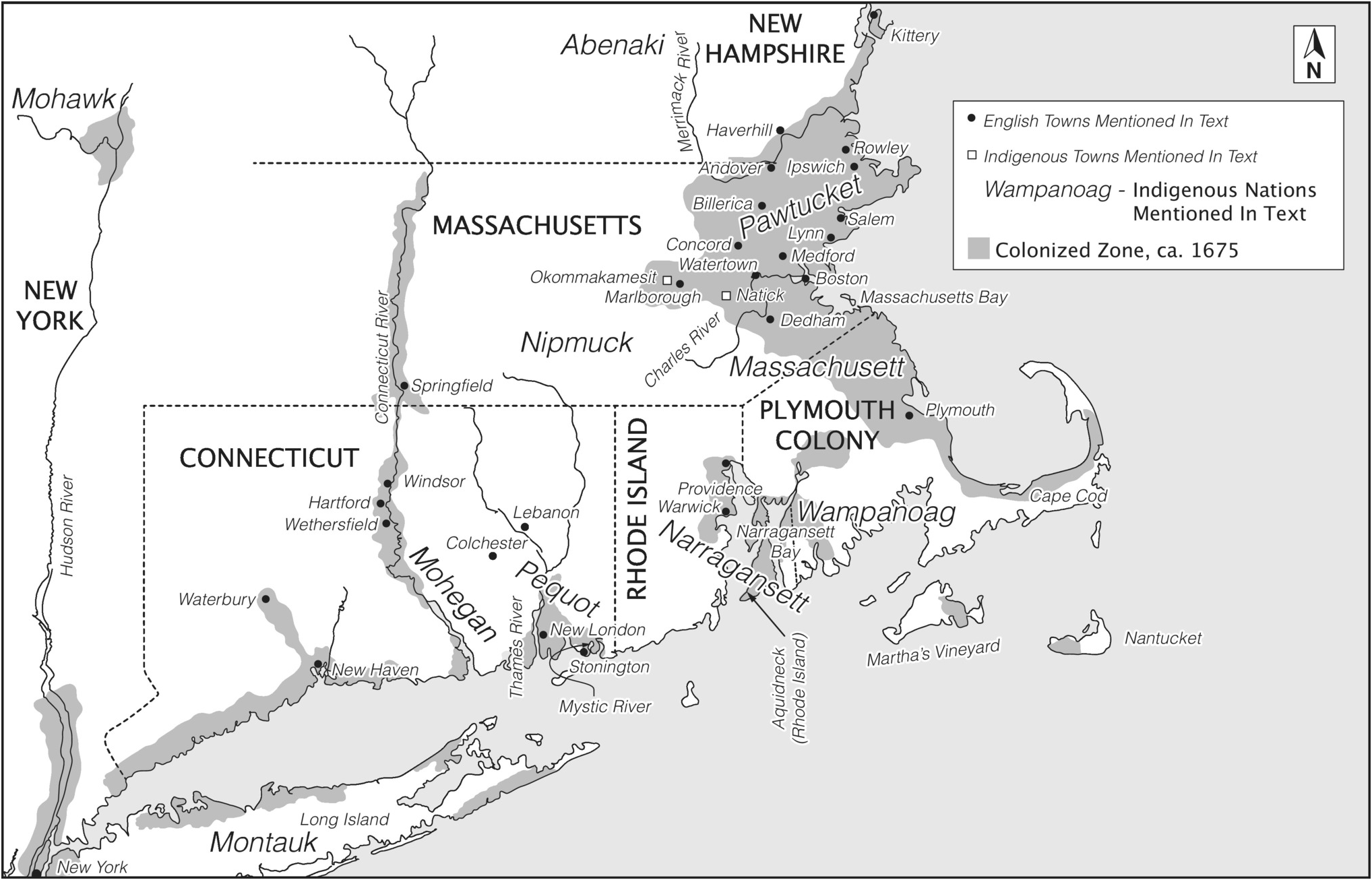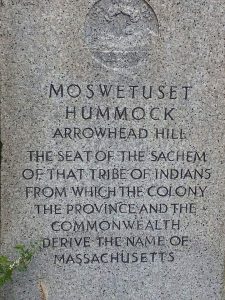
This statement was provided by the Wentworth Diversity, Equity, and Inclusion Office. If you'd like to learn more about the people represented in this statement or Native Land in general see below or navigate to the Native Land Map box on the side of this welcome page.
Below are some resources on understanding the importance of Land Acknowledgement and what goes in to crafting a genuine and complete statement. Spend some time reviewing the importance of Acknowledgement and seeing what steps you can take in your various communities to honor Native Land.
Despite common misconceptions labeling the Pawtucket as a tribe or alternate name for different Native American tribes, the Pawtucket people were a group of people who lived in bands throughout Massachusetts and Rhode Island. Prior to colonization, the Pawtucket had never organized into any kind of tribe or nation; they lived in bands made up of 10-50 people and identified as a whole through their distinct dialect and shared ancestry from northern New England. These lands are part of the Wampanoag Nation. The Pawtucket did not live in settled communities, but migrated seasonally throughout their territories in Massachusetts and Rhode Island. The Pawtucket do not exist in any organized band, tribe, or nation today, but many Wampanoag, Nipmuck, and Massachusett tribes claim Pawtucket ancestry.

The Massachusett Tribe is the tribe from which the Commonwealth of Massachusetts derived its name. It is a tribe made up of individual bands or communities of people that today is located in Ponkapoag, MA, but historically had territories all of over Massachusetts. Ponkapoag was a "Praying Indian Town" first formed in 1657 by the Rev. John Elliot as a protected space for his "Praying Indians" or converted Christians. In exchange for this protection, the Massachusett were forced to assimilate to English lifestyles and religious beliefs, resulting in drastic loss of culture. The Massachusett tribe today has done much to preserve, recover, and protect their traditions. You can read more about the Massachusett both now and historically at the tribal website.

The Mashpee Wampanoag and the Aquinnah Wampanoag of are the two Wampanoag Nation tribes living in Massachusetts that are Federally recognized. The Aquinnah Wampanoag originally lived in what is now Martha's Vineyard, traditionally known as Noepe. Since 1972, the Aquinnah have worked hard to reclaim traditional lands, establish a presence in the local town government, and have their tribe federally recognized. They have been able to reclaim over 447 acres of tribal land, and in 1998 the town of Gay Head officially changed it's name back to it's traditional Wampanoag name of Aquinnah. The Mashpee Wampanoag currently have a reservation in Mashpee, MA having been federally recognized as an official tribe in 2007 and reclaimed 150 acres of their traditional land. They are still in the process of working to reclaim more of their traditional lands.
Historically the Wampanoag Nation had as many as 69 recognized tribes and lived throughout Massachusetts and Rhode Island for over 12,000 years. Today, only these two tribes in Wampanoag Nation still exist with federal recognition. Other members of Wampanoag nation include the Chappaquiddick Wampanoag, Herring Pond Wampanoag, Assawompsett-Nemasket Wampanoag*. These tribes are recognized by the Commonwealth of Massachusetts. Please look at the links to each Tribes webpage below to learn more about Wampanoag Nation and how you can help in their efforts to reclaim their traditional lands.
*The Assawompsett-Nemasket band do not have a webpage, but can be found on Facebook.
*See links below for pronunciation
The Nipmuc tribes currently live on their ancestral land at the Hassanamisco Reservation in Grafton, Massachusetts and the Chaubunagungamaug Reservation in Fiskdale, MA. Historically the Nipmuc were a nomadic tribe that lived in small villages throughout Massachusetts including Wabaquasset, Quinnebaug, Quaboag, Pocumtuc, Agawam, Squawkeag, and Wachusett. These tribes were linked together as Nipmuc nation through kinship and trade. The English settlers began establishing praying villages on Nipmuc lands, in an effort to convert the Nipmuc to a Christian lifestyle. Eventually, as a result to conflicts between the English and Native Americans that would develop into King Phillip's war, the Nipmuc and other Native tribes were systemattically forced out of their land into smaller areas that did not allow for their ways of hunting and gathering. To avoid hardship, many adopted English habits and ways of life.
The Nipmuc originally applied as a nation of these two bands in 1995 for joint federal recognition, but decided to go their separate ways later that year. In 2001 the Hassanamisco Nipmuc received a positive preliminary finding on their request for federal recognition. You can learn more about these two Bands of Nipmuc at their tribal homepages below.
Douglas D. Schumann Library & Learning Commons
Wentworth Institute of Technology
550 Huntington Avenue
Boston, MA 02115
 Wentworth
Institute of Technology
Wentworth
Institute of Technology